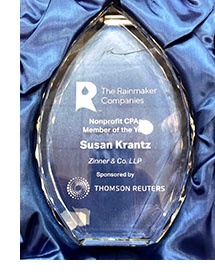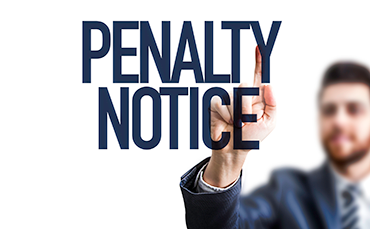One Effect of the Recent Tax Reform on Not-for-Profit Organizations
By Howard J. Kass, CPA, CGMA, AEP®
As often as employers are maligned, there are times where they try to do the right thing for their employees. To be fair, many times, an employer may take an action or incur an expense that benefits its employees, knowing that the employer will benefit by a tax deduction for incurring an expense. In some cases, Congress encourages such behavior by explicitly permitting favorable tax treatment for certain programs.
One such case was a set of fringe benefits known as the “qualified transportation fringe” benefits that, in fact, received a double-barreled tax benefit for years, by virtue of Internal Revenue Code Section (IRC) 132(f)(5)(C). Under that section, employers were allowed to take a deduction for, among other things, qualified parking fringe benefits that they provided to their employees. What, exactly, was a qualified parking fringe benefit? Under IRC 132(f)(5)(C), “qualified parking” meant parking provided to an employee on or near the business premises of the employer, or on or near a location from which the employee commutes to work by transportation described in Code Sec. 132(f)(5)(A) (relating to “transit passes”), in a commuter highway vehicle, or by carpool.








